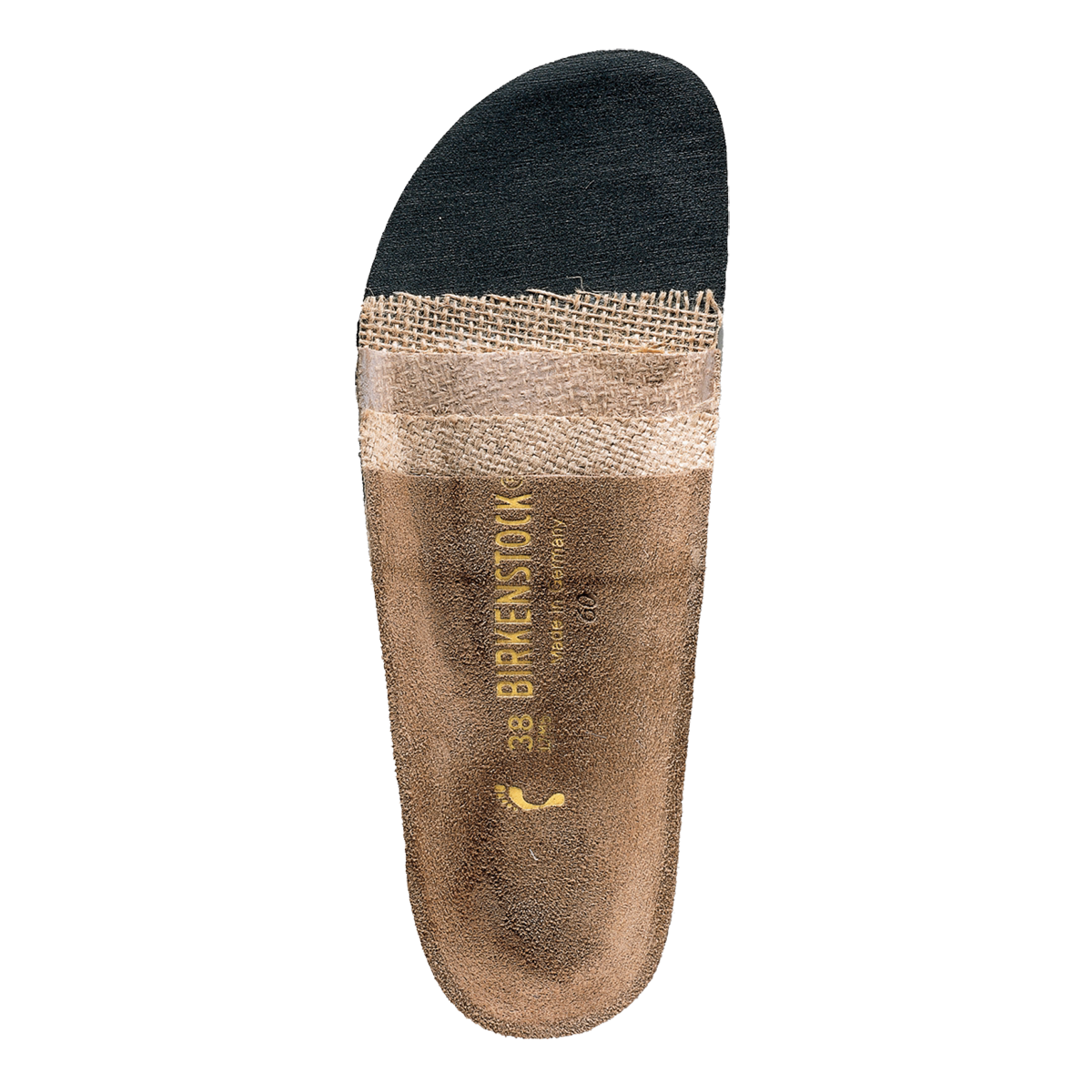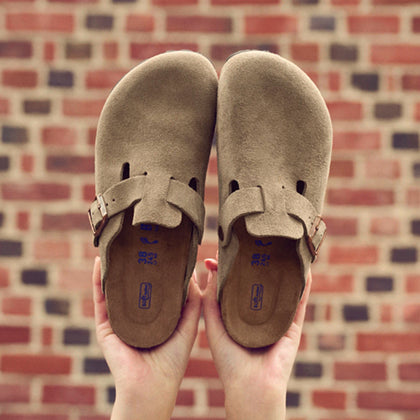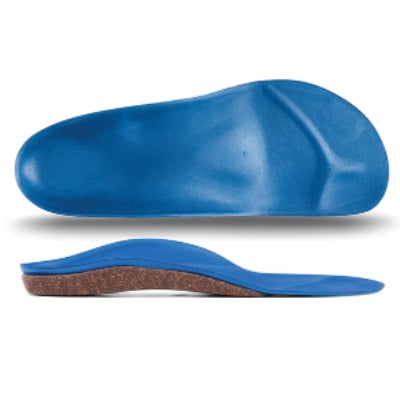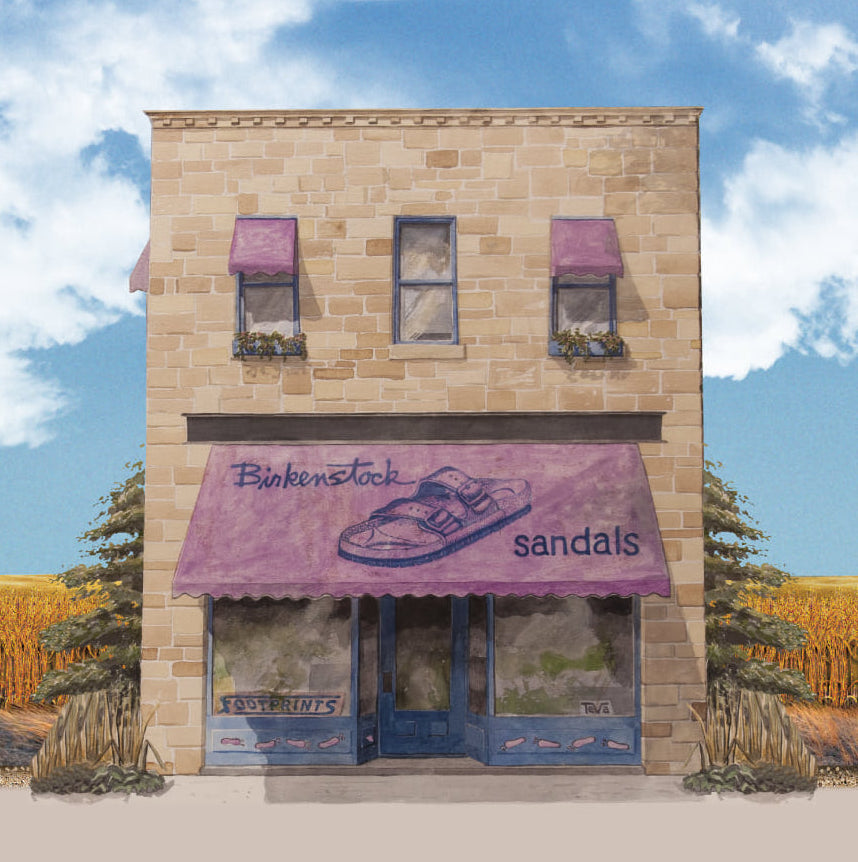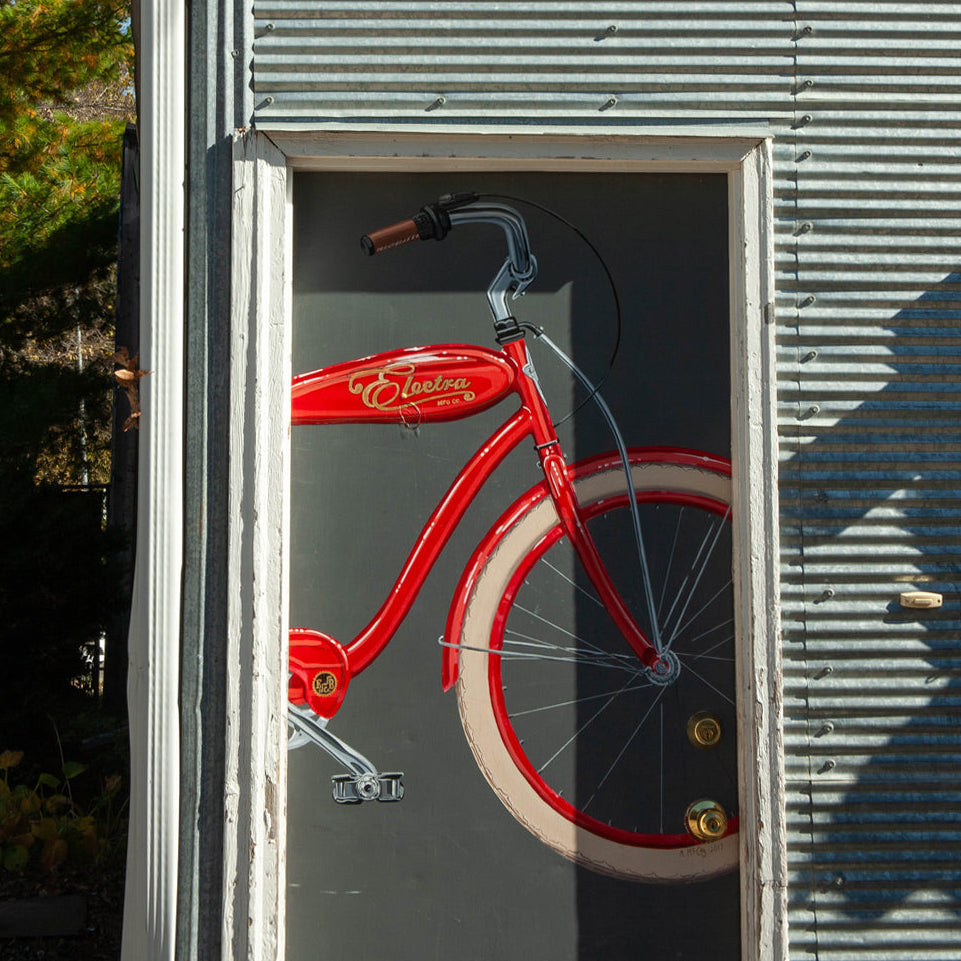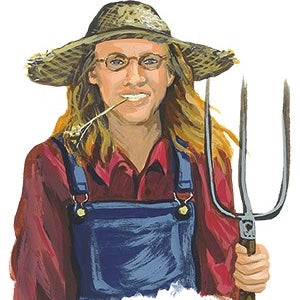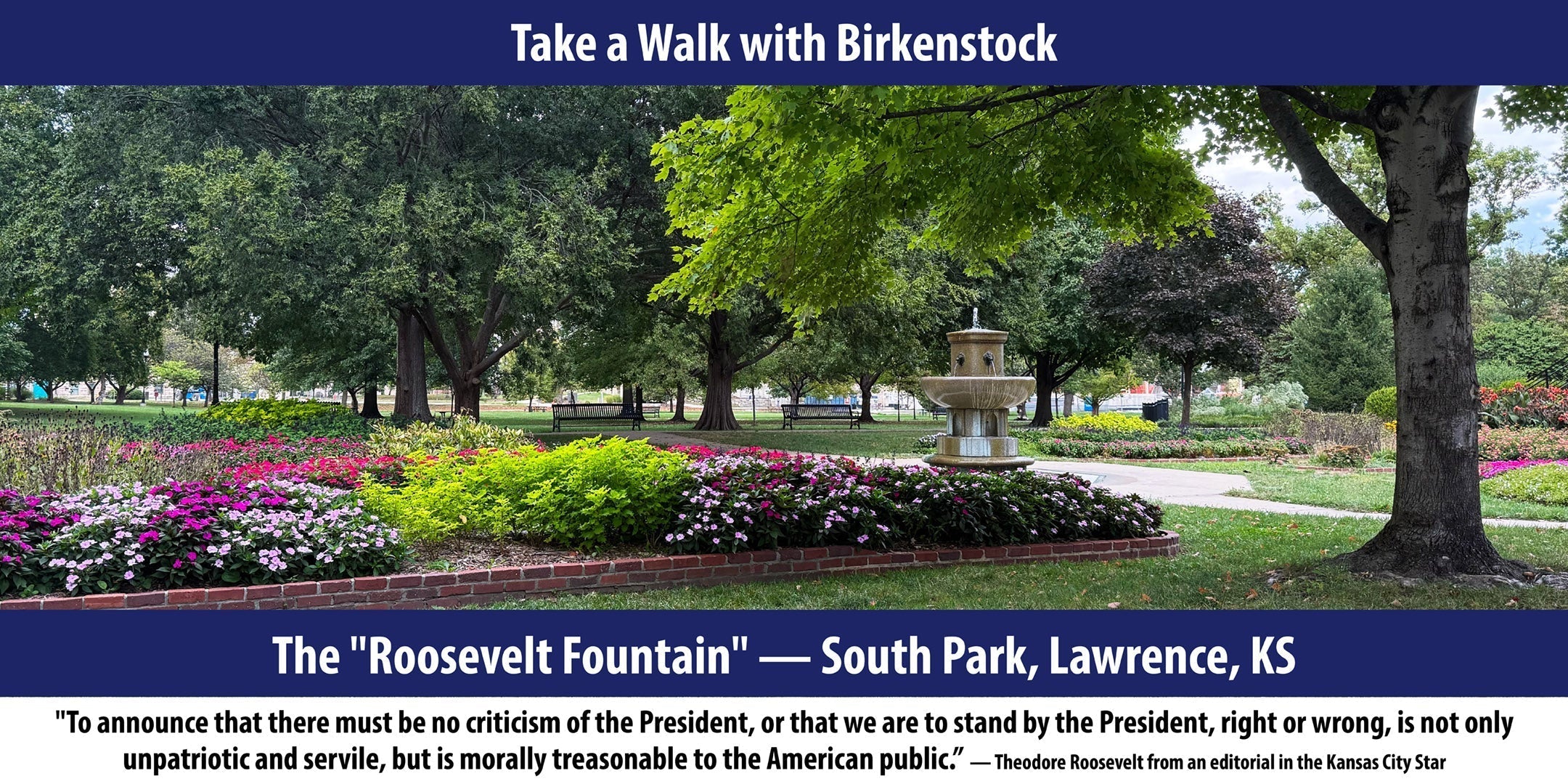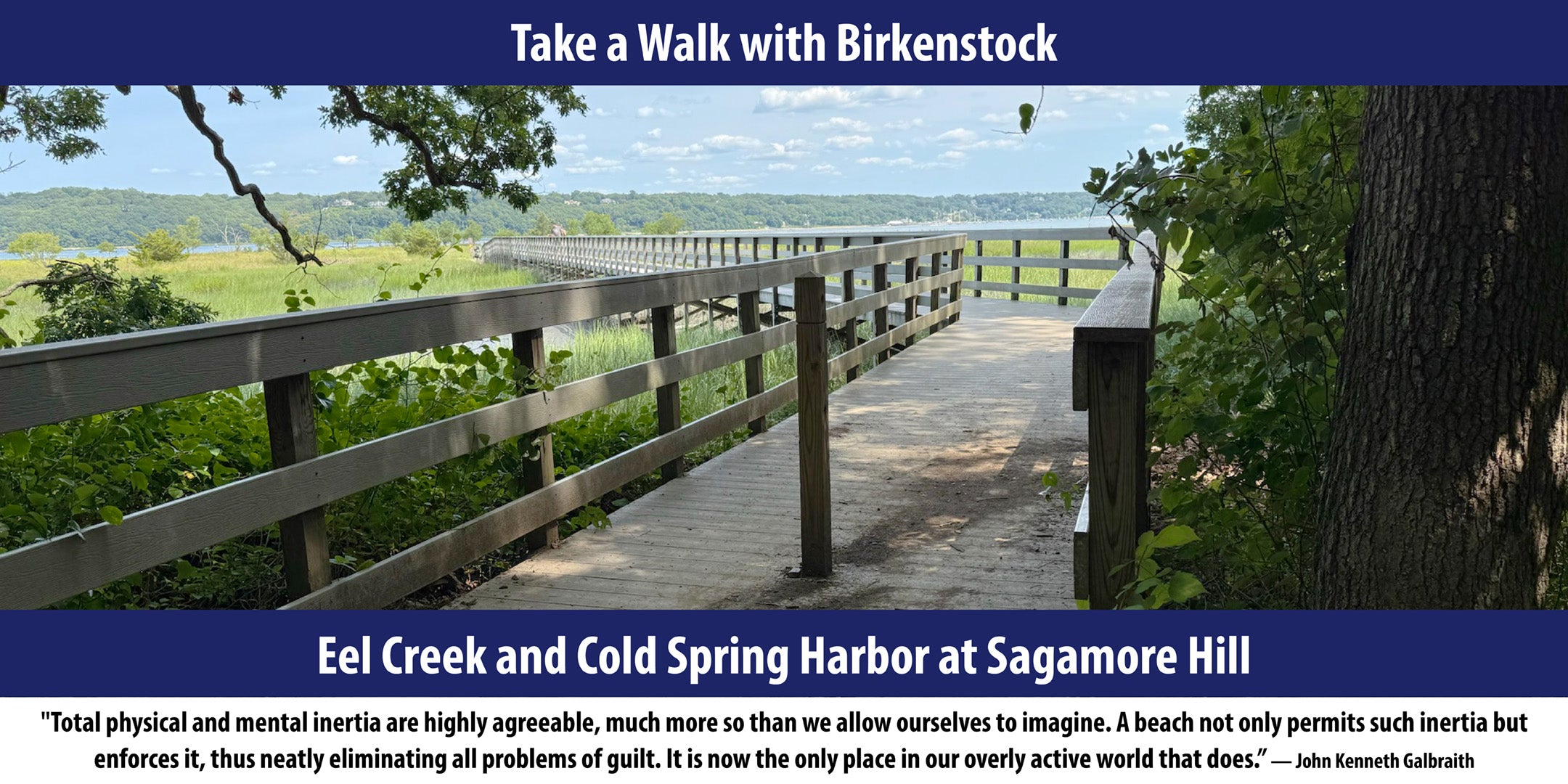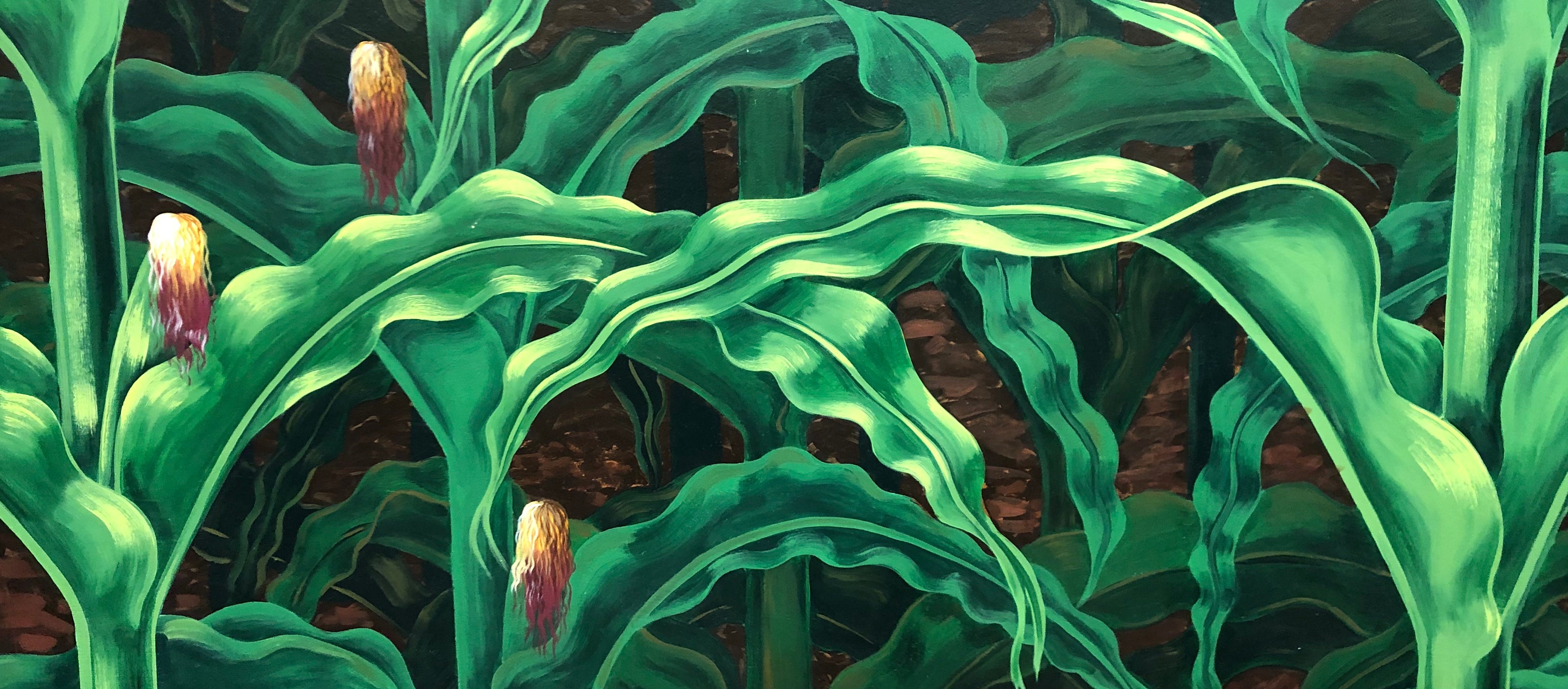For nearly a century, a 28-ton Sioux Quartzite boulder stood upright on a pedestal of small rounded glacial rocks cemented together to form a monument. It was perched in a park overlooking the Kansas River, also known as the Kaw River. Robinson Park is a one-acre park dedicated to the settlers who founded the city of Lawrence in 1854 as an abolitionist stronghold in the lead up to the Civil War. The park was named for the first governor of Kansas, Charles Robinson. The big red boulder had been there so long that it certainly seemed to belong there. The monument had an appealing Depression Era look to it. Honoring the brave abolitionist city founders seemed like a good thing. But for a rock that is over a billion years old, which a glacier transported thousands of years ago and had been used like a church by the indigenous people for hundreds if not thousands of years, nearly a century was just the blink of an eye.

The glacier dropped the big rock about 20 miles west of Lawrence where the Shunganunga creek joins with the Kansas River near Tecumseh. Two groups of settler descendants wanted to commemorate their heritage with the big rock. The Lawrence faction beat out a Topeka faction by absconding it in the dark of night and brought it to Lawrence by crane and rail car. Possession is nine-tenths of the law or so it would seem until recently. A group of people began to question the rightful disposition of the big rock. This eventually led members of the Kaw Nation to convey their claim to the rock and request its return. You would think a battle would ensue. No. The good people of Lawrence, through our city leaders, agreed to return the rock and apologized for the lack of respect shown by our city forefathers.


So once again the rock was on the move, this time to the Allegawaho Heritage Memorial Park southeast of Council Grove, Kansas. The park is on land owned by the Kaw Nation. The Kaw have also been known as the Kansa, Konza, as well as the "People of the South Wind". Our state's name comes from them. Their ancestral domain included the entire state and beyond. Their numbers were decimated by disease and contact with the invading European American settlers. In 1848, they were confined to a 21 square-mile reservation around Council Grove only to be forcibly removed in 1873 to Oklahoma. They welcome visitors to the park to experience the tall grass prairie, learn about Kaw history and view the sacred rock in its new location. The heavy bronze plaque honoring European settlers is now gone, leaving the rock scarred. The rock stands tall. Perhaps the scar is symbolic of all the harm done to the Kaw Nation, yet they stand tall and thrive.


Currently there is an exhibit at the Spencer Museum of Art on the University of Kansas campus entitled, "Iⁿ’zhúje’waxóbe — Return of the Sacred Rock."

Take a walk with Birkenstock.


